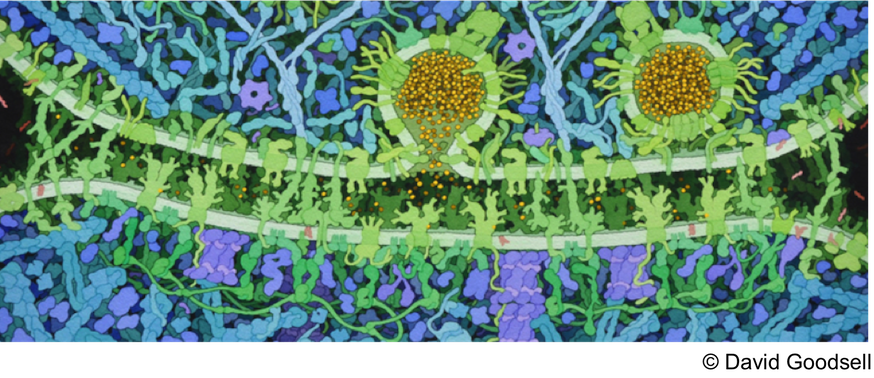Protein interactions are essential to all biological processes and they represent increasingly important therapeutic targets. We have recently developed a new method for accurately predicting protein-protein interfaces (PPIs) (Laine & Carbone, PLoS Comp. Biol. 2015). This combines three sequence- and structure-based descriptors of protein residues: evolutionary conservation, physico-chemical properties and local geometry. The approach is implemented in JET2, an automated tool for sequence- and structure-based protein interface prediction that is based on the Joint Evolutionary Trees (JET) method (Engelen...Carbone, PLoS Comp. Biol. 2009).
I will present new developments to specifically predict protein-DNA interfaces. These interfaces are expected to satisfy characteristics different from those of PPIs. We analyzed the evolutionary conservation, physico-chemical and geometrical properties of protein-DNA interfaces and we observed that not only physico-chemical properties but also geometrical patterns holding for protein-protein interactions are not anymore true for DNA-protein interactions. The latter, as expected, are characterised by an high occurrence of positively charged residues with a bias in the rim, while the more frequently hotspots for PPIs are hydrophobic residues often situated in the core (Laine & Carbone, 2015). Then, by approaching the question as in JET2, we defined a few new rational heuristics leading to accurate protein-DNA interface identifications. We can also
demonstrate that some false positives predicted by our tool are alternatives DNA- or protein-binding sites. As in JET2, we provide an iterative version of the tool that guarantees finding the most likely interface residues through a consensus score.
We plan to extend the webserver (http://www.jet2viewer.upmc.fr/jet2_viewer/report/index.html), containing predictions on PPIs (Ripoche...Carbone, Nucl. Acids Res. 2016), to protein-DNA interactions, for all proteins in the Protein Data Base.

|
|
|
|
Towards an accurate prediction of protein-DNA interfaces based on evolutionary information, physico-chemical properties of residues and local geometry of the protein structure.
1 : Sorbonne Universités, UPMC University Paris 06, CNRS, IBPS, UMR 7238, Laboratoire de Biologie Computationnelle et Quantitative (LCQB), 75005 Paris, France
-
Site web
Université Pierre et Marie Curie [UPMC] - Paris VI
2 : Sorbonne Universités, UPMC University Paris 06, Institut des sciences du calcul et des données, Paris, France
Université Paris VI - Pierre et Marie Curie
3 : Institut Universitaire de France, 75005 Paris, France
* : Auteur correspondant
Institut universitaire de France, Institut universitaire de France
|
 PDF version
PDF version
